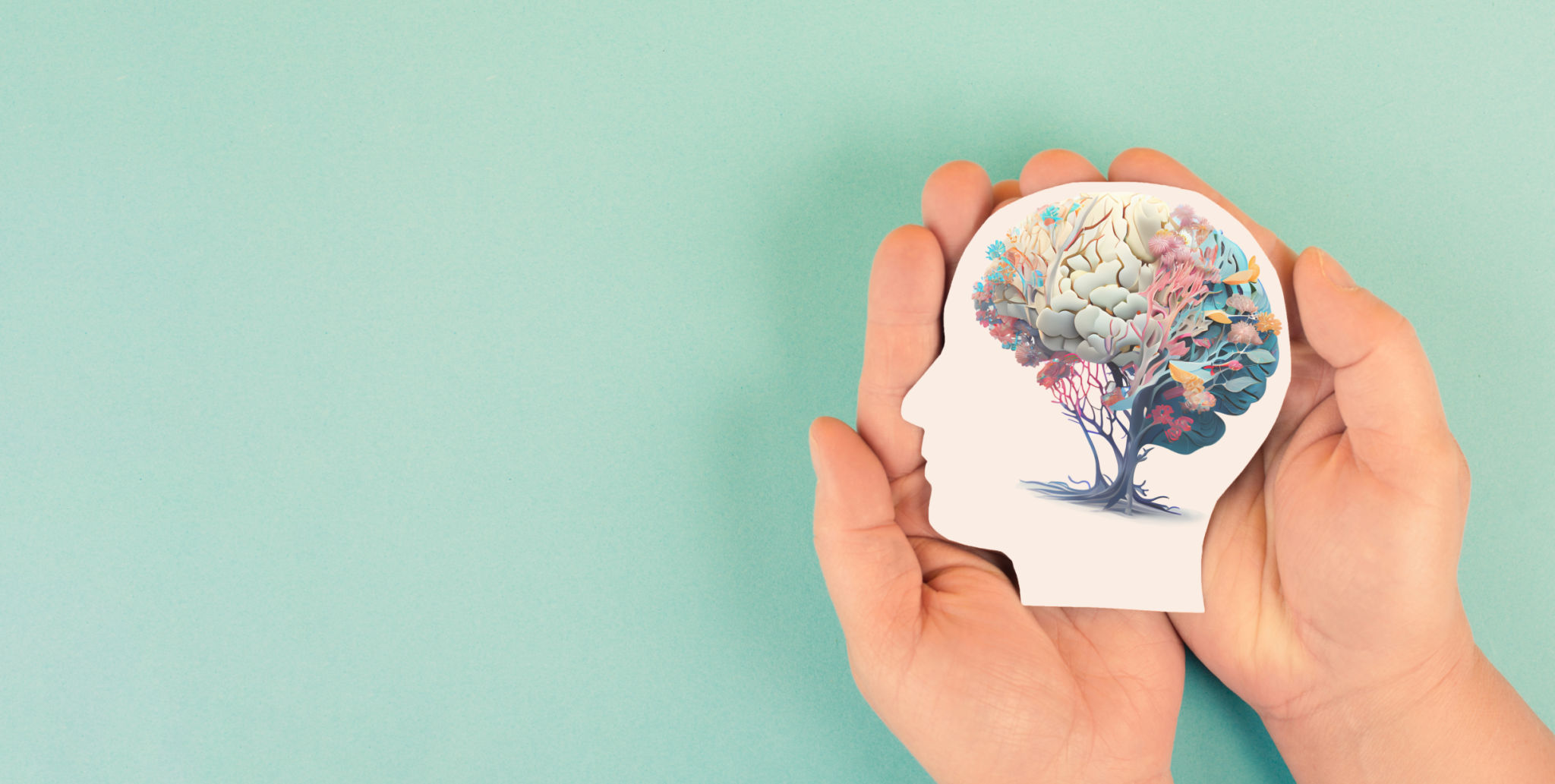Anxiety vs. OCD: Understanding the Key Differences
Understanding Anxiety
Anxiety is a natural response to stress and can be beneficial in some situations, such as helping you to stay alert and focused. However, when anxiety becomes overwhelming and persistent, it can interfere with daily life. Anxiety disorders are among the most common mental health issues, affecting millions of people worldwide.
Common symptoms of anxiety include excessive worry, restlessness, fatigue, difficulty concentrating, and irritability. Physical symptoms can also occur, such as increased heart rate, sweating, and trembling. It's essential to recognize these signs early and seek appropriate intervention.

Types of Anxiety Disorders
There are several types of anxiety disorders, each with its own set of characteristics:
- Generalized Anxiety Disorder (GAD): Characterized by persistent and excessive worry about various aspects of life.
- Panic Disorder: Involves sudden episodes of intense fear or discomfort known as panic attacks.
- Social Anxiety Disorder: A fear of social situations and being judged by others.
- Specific Phobias: Intense fear of specific objects or situations.
Understanding OCD
Obsessive-Compulsive Disorder (OCD) is a condition characterized by recurring, unwanted thoughts (obsessions) and repetitive behaviors or mental acts (compulsions). These compulsions are performed in an attempt to ease the distress caused by obsessions. OCD can significantly impact daily functioning and quality of life.

The Nature of Obsessions and Compulsions
Obsessions are intrusive thoughts, images, or urges that cause significant anxiety or distress. Common obsessions include fears of contamination, fear of harming oneself or others, and a need for symmetry or orderliness.
Compulsions are repetitive behaviors or mental acts that a person feels compelled to perform in response to an obsession. Common compulsions include excessive cleaning, checking, counting, or repeating phrases. While these actions might temporarily relieve anxiety, they do not prevent obsessions from returning.
Key Differences Between Anxiety and OCD
While both anxiety and OCD involve excessive worry and distress, there are key differences between the two conditions:
- Anxiety is often more generalized, while OCD involves specific obsessions and compulsions.
- Anxiety disorders may not necessarily include compulsive behaviors, whereas compulsions are a hallmark of OCD.
- The thoughts in OCD are often perceived as irrational by the individual, whereas anxiety-related worries may seem more realistic.

Treatment Options
Treatment for anxiety disorders and OCD typically involves a combination of therapy and medication. Cognitive Behavioral Therapy (CBT) is effective for both conditions, helping individuals challenge negative thought patterns and develop coping strategies. Medications such as selective serotonin reuptake inhibitors (SSRIs) can also help manage symptoms.
Understanding the differences between anxiety and OCD is crucial for seeking appropriate treatment. If you or someone you know is experiencing symptoms, it's important to reach out to a mental health professional for guidance and support.
